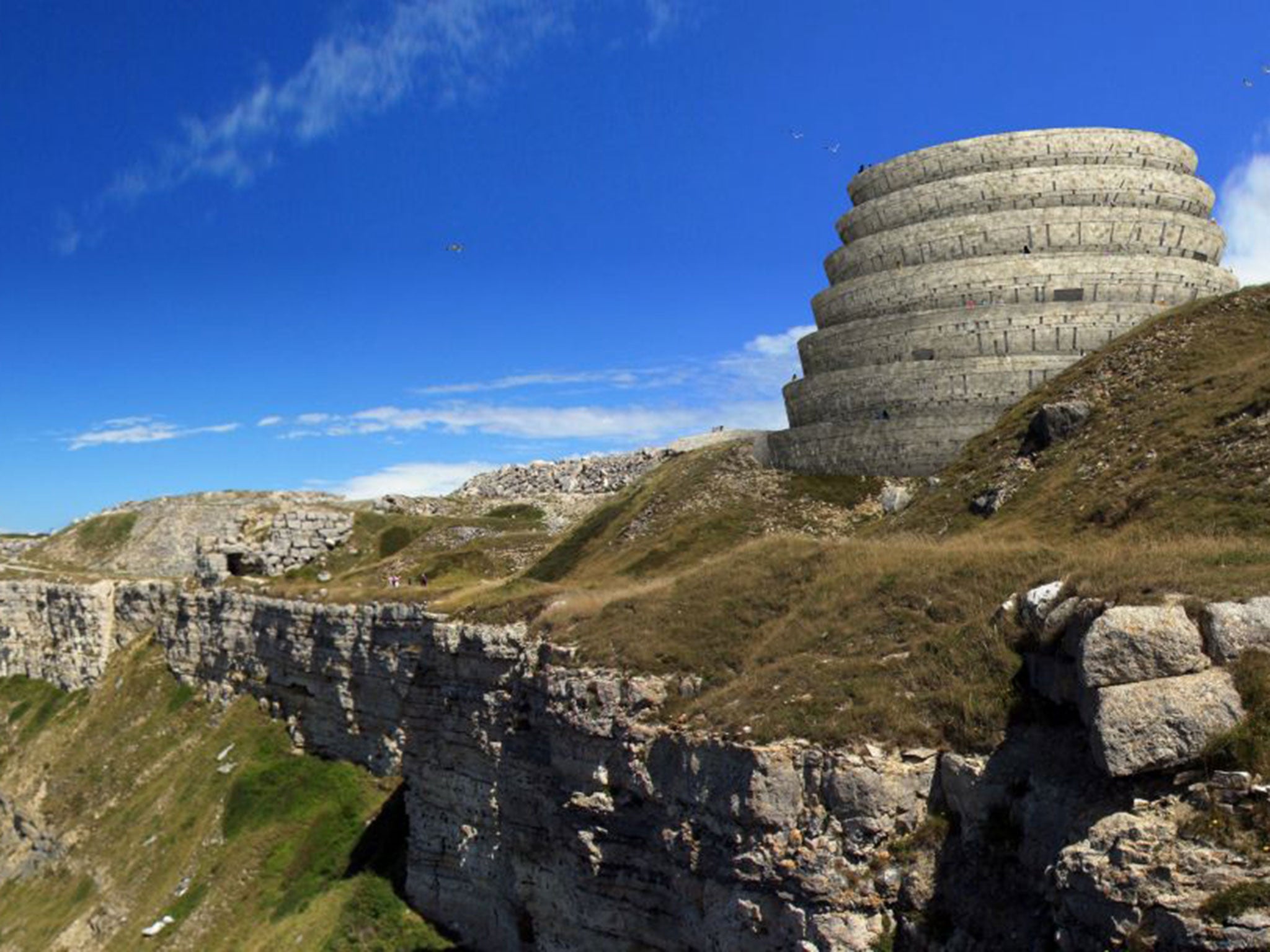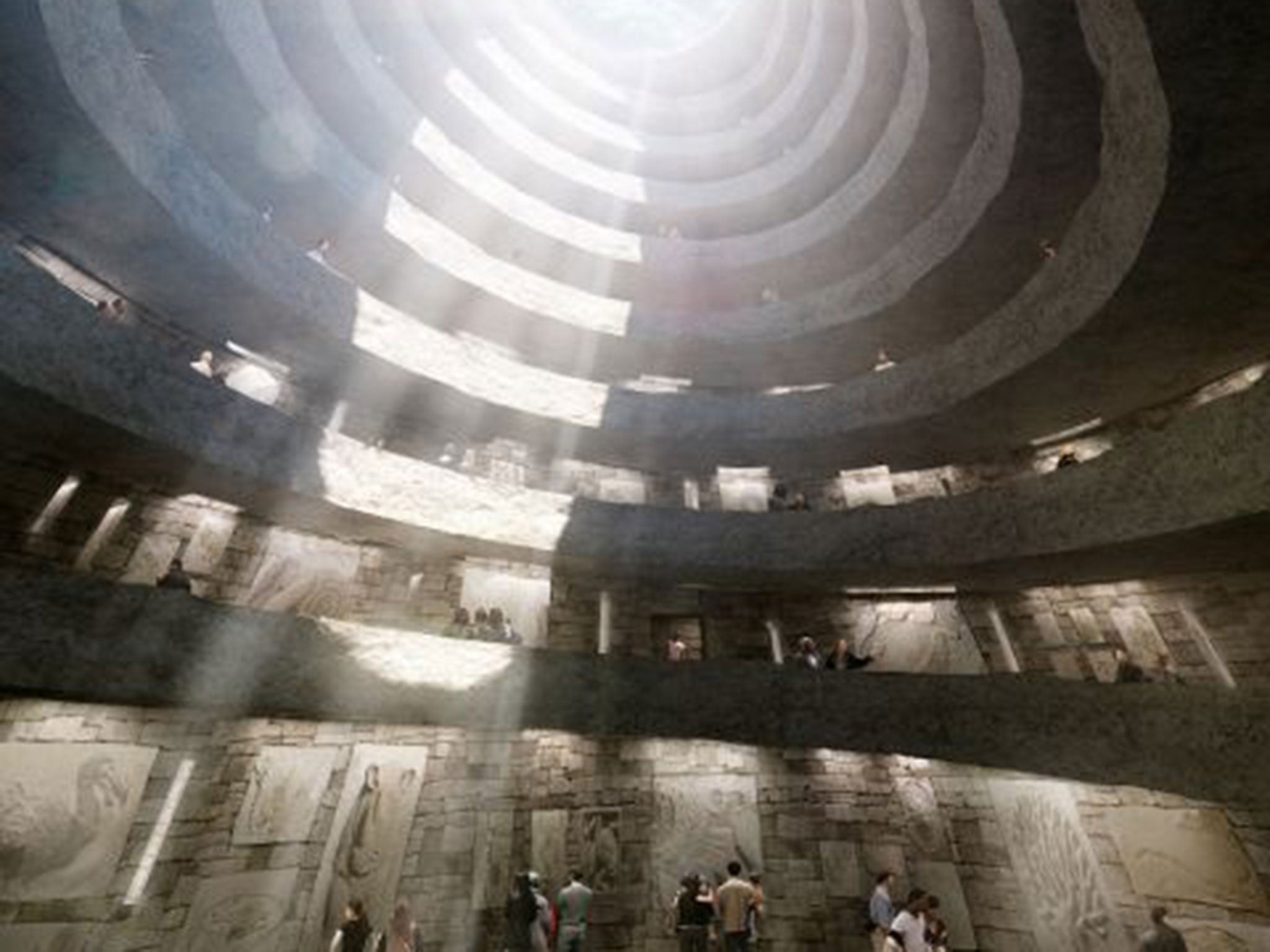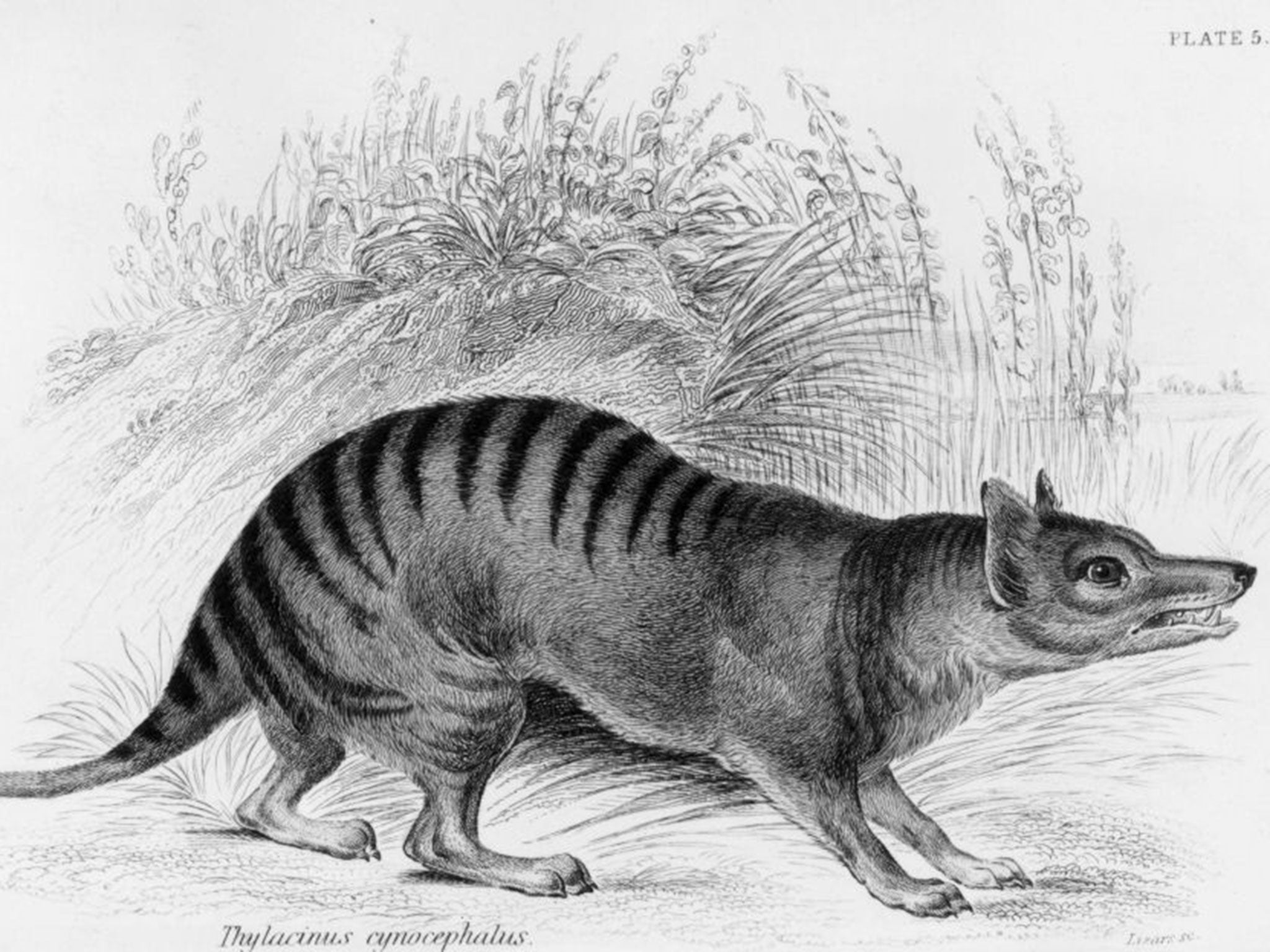A temple to 860 lost species planned for Jurassic coast
Cliff-top monument would re-create images of life forms made extinct over 500 years

Your support helps us to tell the story
From reproductive rights to climate change to Big Tech, The Independent is on the ground when the story is developing. Whether it's investigating the financials of Elon Musk's pro-Trump PAC or producing our latest documentary, 'The A Word', which shines a light on the American women fighting for reproductive rights, we know how important it is to parse out the facts from the messaging.
At such a critical moment in US history, we need reporters on the ground. Your donation allows us to keep sending journalists to speak to both sides of the story.
The Independent is trusted by Americans across the entire political spectrum. And unlike many other quality news outlets, we choose not to lock Americans out of our reporting and analysis with paywalls. We believe quality journalism should be available to everyone, paid for by those who can afford it.
Your support makes all the difference.Tomorrow afternoon a tall, elderly gentleman will deliver a short eulogy to past life on Earth while standing on the Jurassic coast of southern England, and in the process begin an ambitious project to remember the 860 species known to have become extinct over the previous five centuries.
Professor Edward Osborne Wilson, the Harvard entomologist and Pulitzer prize-winning author who has been called the "natural heir to Darwin", has come to Britain to break ground on a construction project to rival in scale the great medieval cathedrals of England.
Instead of honouring God, however, the new stone edifice will pay tribute to all known species that have disappeared during the sixth great mass extinction that the planet has experienced in the 4.5bn-year history of life on Earth – and the only mass extinction caused by another species: man.
Like St Paul's Cathedral, the Mass Extinction Monitoring Observatory (Memo) will be built from the fossil-rich Portland limestone of the Jurassic Coast. Sculptors from around the world will be commissioned to create a gallery of carvings that will set in stone the portraits of each lost species, from the passenger pigeon to the Tasmanian tiger. It will form a visual memorandum of what has been lost since the last dodo was bludgeoned to death by European sailors in the 17th century.

Professor Wilson, 85, is perhaps the most distinguished of the naturalists and scientists who are backing the £30m project. They include the broadcaster Sir David Attenborough, James Lovelock, the inventor of the Gaia theory, Sir Ghillean Prance, the Kew botanist, and Sir Tim Smit, the co-founder of the Eden Project, who has called the Memo project one of the most important construction schemes in Europe. Other influential supporters include the Royal Society, the International Union for Conservation of Nature – which keeps the Red List of Threatened Species – and the Duke of Edinburgh.
Professor Wilson's charitable education foundation has embraced the Memo project as a way of communicating to younger generations about the greatest mass extinction since the demise of the dinosaurs 65 million years ago.
"I was deeply moved on learning of this brilliant, profound and ultimately humanitarian enterprise," said Professor Wilson.
The Memo construction, designed by the award-winning architect David Adjaye, who donated the plans free of charge, will be built on a cliff top on the Isle of Portland, facing the mainland. The edifice's spiral tower, reminiscent of the stepped ziggurats of ancient Sumeria, is designed to be a visual tribute to the fossilised shells entombed within its limestone walls.

"The Jurassic coast is a World Heritage Site and the place where evolution is set in stone," said Sebastian Brooke, the project's director and co-founder, and local stonemason. "This will be an architectural continuation of the story of life," .
The project is in a strong position to win the £20m needed to build the first phase of the project, Mr Brooke said. It is in talks with several private donors which, if successful, could trigger a matched £5m donation from the Government.
Once the money is secured, construction could begin within a few weeks, and the end result could last for as long as the limestone cathedrals that have made Portland famous.
Join our commenting forum
Join thought-provoking conversations, follow other Independent readers and see their replies
Comments